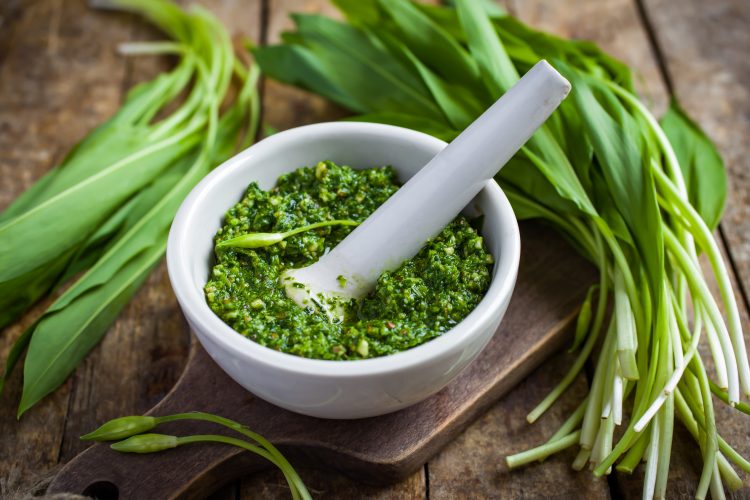Be wary of poisonous wild garlic lookalike
- Like
- Digg
- Del
- Tumblr
- VKontakte
- Buffer
- Love This
- Odnoklassniki
- Meneame
- Blogger
- Amazon
- Yahoo Mail
- Gmail
- AOL
- Newsvine
- HackerNews
- Evernote
- MySpace
- Mail.ru
- Viadeo
- Line
- Comments
- Yummly
- SMS
- Viber
- Telegram
- Subscribe
- Skype
- Facebook Messenger
- Kakao
- LiveJournal
- Yammer
- Edgar
- Fintel
- Mix
- Instapaper
- Copy Link
Posted: 8 April 2022 | Abi Sritharan (New Food) | No comments yet
Wild garlic doppelgangers have lead to serious poisonings throughout the world, but how can people avoid confusing the edible plant with a poisonous one?


Wild garlic can be used in many dishes, including soups and sauces, but new findings show that ‘doppelganger’ versions of the leaves have caused cases of serious poisoning.
Wild garlic (also commonly known as Allium ursinum or ramson) grows in forests, parks and even gardens, and appears as a medium-sized bulbous perennial with a distinctive and pungent garlicky smell in spring. However, according to a study by The German Federal Institute for Risk Assessment (BfR), the leaves of wild garlic resemble those of the poisonous lily of the valley (Convallaria majalis) and the highly poisonous autumn crocus (Colchicum autumnale).
“Although the garlic-like smell is a typical characteristic of wild garlic, poisonous ‘doppelgangers’ are often mistaken for the wild garlic, such as lily of the valley or autumn crocus,” said Professor Dr. Andreas Hensel, President of the BfR.
Many years of documentation show that poisonings, some which have had serious consequences, have occurred repeatedly due to confusion between the two. The BfR says that cases of poisoning are becoming more frequent in Germany, Austria, Switzerland and Croatia, most notably in the months of April and May.
The BfR says that to distinguish wild garlic from its poisonous doppelgangers, rubbing a green leaf between the fingers is usually sufficient. If you cannot smell wild garlic’s typically garlic-like scent, it is better to leave the herb and clean your hands thoroughly straight away. However, the smelling test has its downsides, as an inaccurate result can occur if the scent from a previously tested allium plant sticks to the hands. Therefore, wild garlic gatherers must be very familiar with the plant and all its features in order to discern it reliably from its poisonous counterparts. The BfR therefore advises that, if in doubt, it is better not to eat wild garlic that you have gathered yourself.
Wild garlic is now often part of seasonal vegetable ranges in most grocery shops and comes from controlled cultures, the institute highlights. It also emphasises the fact that there is also the option of buying plants or seeds in specialised shops, so consumers can enjoy wild garlic without the risk of poisoning.
Related topics
Environment, Food Safety, Ingredients, Research & development, The consumer








